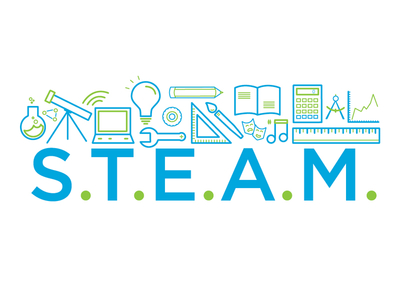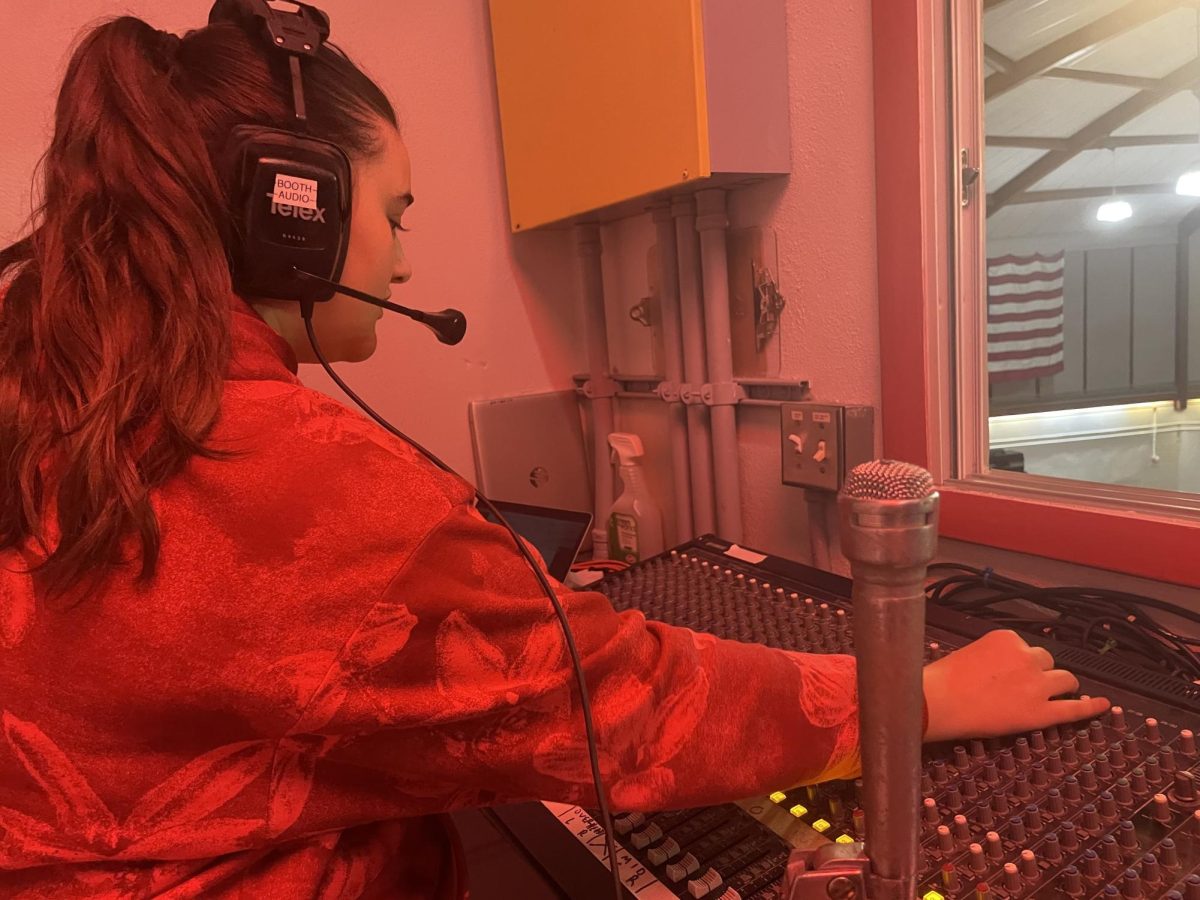STEAM?

Art and design has been added to the acronym STEM.
Apr 3, 2017
Recently, the Rhode Island School of Design (RISD) has pushed for the switch from STEM to STEAM. This initiative adds art and design to the acronym STEM, which stands for science, technology, engineering and math. While many may be confused as to why art and design should be added to fields that focus heavily on math and science, the addition is ultimately beneficial. By adding art and design, the STEM field is able to expand by attracting students who would never normally consider career opportunities with STEM, as well as encourage student’s creativity when it comes to problem solving.
“Adding art into STEM will help promote creativity, and will inspire people to become more involved in science and technology,” senior Gabriela Vega said.
Through the addition of art and design to the “traditional” STEM curriculum, students have a wider range of topics when working with STEM projects. The art and design aspects allows the student the liberty to approach a problem in a way that may have not been encouraged before because it may have strayed from the established framework. The expansion promotes using creativity in projects, and critical analysis skills that are characteristic to both art and the sciences.
However, some opponents argue that the incorporation of art and design draws away from the importance of STEM subjects. Contrary to this, STEM works hand in hand with art and design, and the two help develop problem solving skills, tech literacy, and design thinking. The art in STEAM does not necessarily refer to what people normally envision as traditional art, such as painting on canvases, but focuses on how art, design, and creativity can be incorporated into STEM subjects.
Furthermore, by integrating art and design into STEM, students have to opportunity to learn and discover different career paths they could have possibly overlooked. With the STEM acronym, the career paths seemed limited to scientist, mathematician, or engineer which are already over emphasized due to the fact that they are usually the more higher paying jobs. Students should not be limited in what careers they wish to pursue simply because of how much money they make. By transforming STEM into STEAM, students can now consider careers in fields of design, digital art, coding, and art directing, all of which have art and design as a major influence. Expanding STEM into STEAM opens doors for those who would have never even considered pursuing anything related to science or math due to their preference for the arts, and introduces them to the lucrative fields relating to technology.
The switch from STEM to STEAM is ultimately an all around positive thing. The incorporation of art and design allows for more creativity within STEM, and attracts new students who may have never even considered associating themselves with anything STEM. Adding art with the sciences helps students in various aspects and helps redefine the field of science, math, engineering and technology.












